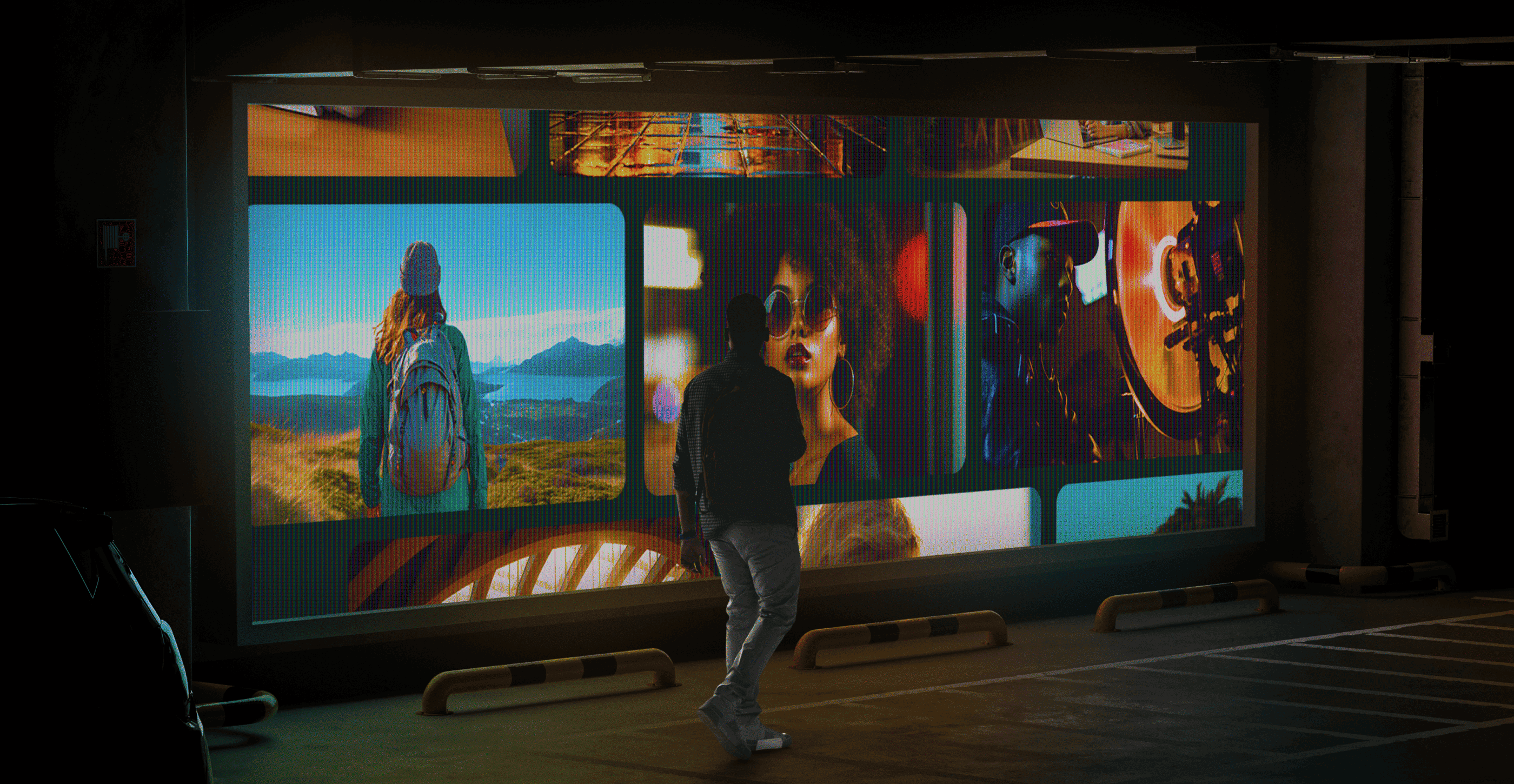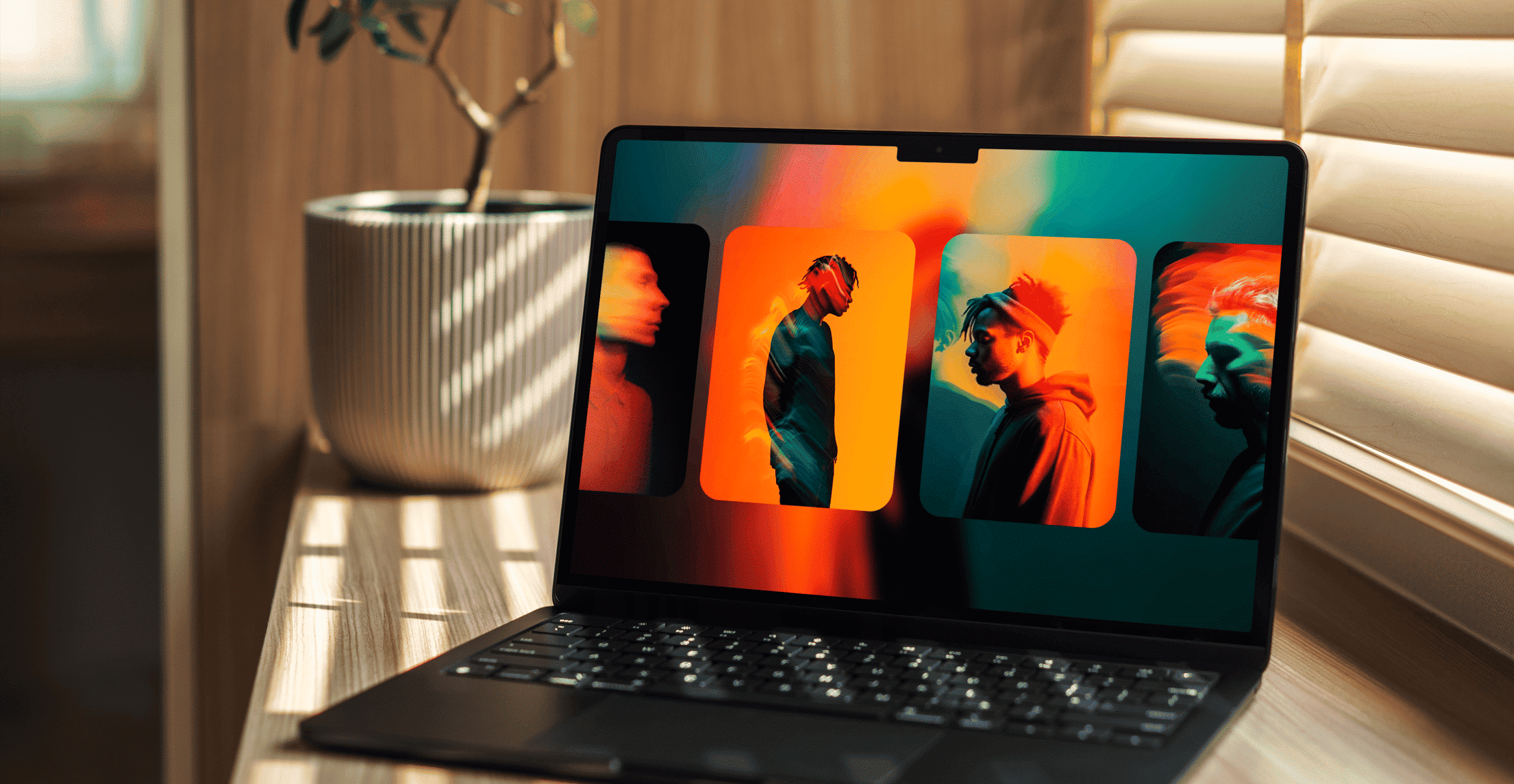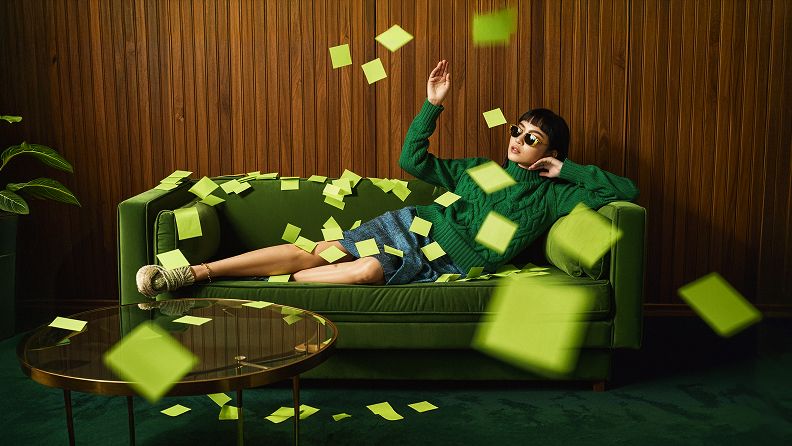Protecting Creative Assets, Intellectual Property Rights and Your Brand’s Reputation


The emotional value of your brand helps you stand out in the marketplace. However, your brand is also your intellectual property and an investment you need to protect.
Each year intellectual property theft costs between $225 to $600 billion dollars in the United States alone. That’s just the financial impact, which doesn’t include the time and effort it takes to repair trust and undo any other ill effects relating to your brand and your reputation.
Thankfully, marketing and advertising aren’t battlegrounds for patent wars. But, you do want to be aware of how to avoid having your brand and marketing assets misappropriated and ensure you’re respecting intellectual property rights within your design process.
What You’ll Learn About Intellectual Property and Graphic Design
In this article, we'll explore:
- A Real-World Example
- What You Need to Know About Protecting Intellectual Property
- The Difference Between a Copyright and a Trademark
- Preventing Intellectual Property Infringement
- Design Ownership
- Theft, Fraud and Other High-Level Concerns
- Awareness is an Invaluable Asset
A Real World Example: The Err of the Dog That Bit You
Image source: Creative Law Center
In 2011, Modern Dog Design Company took “big dogs” Target and Disney to court over a copyright infringement. The bone of contention was a t-shirt design that was allegedly borrowed from Modern Dog’s 25th Anniversary Poster Art Retrospective.
Modern Dog claimed that Target and Disney took the artwork directly from an Amazon preview image with little to no effort at modifying the designs to make them original. The case really went to the dogs when a defense attorney argued there are so few ways to draw a dog that copying the illustrations couldn’t possibly be infringement. Woof!
A settlement was eventually reached but there were really no winners. The legal fees alone would have likely covered the cost of original illustrations a million times over. Target and Disney will forever be dogged by this controversy and Modern Dog nearly went bankrupt pursuing the case. However, in a classic underdog move, Modern Dog went on to publish a book titled 1000 Dog Portraits: From the People Who Love Them in response. The amount of dog puns and wordplay one can work into a recap is also pretty impressive.
What Businesses and Brands Need to Know About Protecting Intellectual Property
Intellectual property consists of assets created by human minds and imaginations, including anything from scientific inventions to graphic design.
Branding, marketing, and design all rely heavily on being unique to win hearts, minds and market share. In a commercial context, creativity isn’t just about the art and aesthetic sense, it’s also about dollars and cents. Hence, the creation and rise of intellectual property rights, like copyright and trademark, that protect the value of the distinctive assets developed by businesses and creators.
If the designer who created the shirt for Target and Disney had been trained to understand and respect intellectual property rights, they would have known to either ask permission before using Modern Dog’s designs or to make the t-shirt design substantially different enough to be an entirely new creation. Prior knowledge could have prevented everyone from barking up the wrong tree.
What’s the Difference Between a Copyright and a Trademark?
At its core, copyright is literally the right to copy. It gives the owner of the work the exclusive right to publish, share or adapt the intellectual property. In the United States, copyright protections are automatic, regardless of whether a work is formally registered or not. Copyrights are valid for the life of the creator plus 50 to 100 years depending on the country of origin.
Trademarks, whether formally registered or conferred by common law rights, are used in the business world to protect commercial assets, like brand names, logos, and taglines, that differentiate the company and provide a competitive advantage. One famous example of a branded trademark is the Nike swoosh. When the Swoosh is on a shoe, shirt or any other item, you know it’s a Nike product.
There are definitely shades of gray or chapters and chapters of gray legal text in microscopic print. Keeping it simple, think of copyright as works of art or compositions, like novels, paintings, photographs, etc., and consider trademarks the commercial version of a copyright, covering anything related to a business and its brand.
Why you need to know this
Without getting too hung up on the legal definitions of copyrights and trademarks, it’s about recognizing the value of the work you’ve created as well as respecting the rights of others.
Your understanding of intellectual property protections and best practices directly impacts your ability to preserve the integrity and commercial value of your creations. It also helps you avoid costly and embarrassing missteps.
Preventing Intellectual Property Infringement
There’s the obvious, tried-and-true principle that if you know it’s wrong, you shouldn’t do it. But, things aren’t always as clear-cut as you’d expect. Especially given the plethora of stock images and illustrations available online and the tsunami of ideas and information that shape our perceptions on a daily basis.
Best Practice: Three Questions to Ask Before Using Visual Assets
Whenever I'm using some pre-made assets, for example, device mockups, templates, fonts or anything that I haven't done from scratch, I always check the sources. I studied copyright, so I could probably write a whole book about it. But, in essence, it's all about using common sense and checking your sources.
—Piotr Smietana, Marketing Creative Director, Superside
Superside designers are trained to ask the following questions any time they’re building a new ad, video or any sort of compilation or composition:
- Did I create the asset?
- Is it an original idea?
- Do I have the appropriate license or rights?
Inspiration vs plagiarism: How to know the difference
We are all natural-born observers, which means we’re inevitably influenced by our culture and surroundings. It’s honestly really hard for any one concept to be purely spontaneous. (Lawyers specializing in intellectual property call this job security.)
In the end, separating inspiration from infringement in commercial settings comes down to a number of factors, including:
- How much of the original was used or replicated?
- Is your use negatively impacting the creator’s ability to profit from their work?
What about fair use and public domain?
This is yet another area that’s not crystal clear. Fair use implies that you’ve met the threshold for making the new piece transformative or different enough.
Parody gives you a little grace while satire doesn’t. But, again it’s hard to know where the line is crossed. Sketch comedians will likely get more grace than a commercial brand. And, most times, fair use applies only in educational settings and for analysis and reviews, but, again, be sure to cite your sources.
Public domain refers to materials that aren’t copyrighted or trademarked. But, in some instances, collections of public domain materials can be protected by copyright, for instance, if you’re taking a list of quotes from a quotation site.
Even if an asset is considered fair use or public domain, the most iron-clad way to respect intellectual property rights is to make sure you have permission to use the asset and to cite the source.
Ownership of Graphic Design Assets
When you partner with Superside and our world-class designers, ownership rights are passed to you as part of the services agreement. Superside assumes the responsibility of respecting intellectual property rights when creating these works. Note: Once you take ownership and your own team or a new partner makes changes, the party making the changes is then responsible for avoiding infringement.
Theft, Fraud and Other High-Level Concerns
What did people do before the internet? One answer: Worry less about intellectual property theft. The rise of online tools and platforms makes it easier to collaborate from anywhere in the world, it’s also opened the door to new levels of risk for the misuse of design assets and other intellectual property.
Protecting your creative assets online and in the cloud
According to PWC, 40% of organizations that experienced fraud between 2020 and 2022 traced these vulnerabilities back to digital platforms. Your best line of defense is working with partners, like Superside, that share a strong commitment to security and privacy.
You should also do your best to secure your own digital infrastructure. Hackers and thieves could easily exploit vulnerabilities in the networks and systems you use for your creative assets. You can monitor your online networks and systems using vulnerability management tools to find and fix these vulnerabilities.
What to consider when working with design partners
We encourage anyone working with an outsourced design partner to consider the following when discussing SaaS security and risk.
Superside’s privacy and security policies
At Superside we implemented a strong security awareness and best practices. We are also constantly monitoring our technology as well as the culture of our organization. We aim for nothing less than the Gold Standards of Privacy and Security.
—Damien Antipa, VP of Engineering at Superside
Superside is GDPR and SOC 2 Type 1 audited. Our Superspace application runs on a secure Amazon Web Server (AWS) with automatic internal and external vulnerability scanning in place. Our designers are trained on intellectual property and all team members must complete mandatory security awareness training.
For more information, see our Privacy Policy and Terms of Use. As you get to know us, your Sales Representative can also provide you with a comprehensive overview upon request.
Awareness Is an Invaluable Asset
If you don't share something, it can't be lost, If you're not collecting something, you can't misplace it.
—Tor Fusdahl, Senior Engineering Manager and Security, Superside
You could worry about what’s hidden in every closet or hiding under the bed. But, just like looking both ways before you cross the street, arming yourself with a basic knowledge of intellectual property rights is really all you need to navigate this challenge.
Truthfully, in order to work with a design partner, there has to be some level of sharing. That’s where awareness comes into play. With a good grasp of the fundamentals, you can take a deep breath and trust yourself and your partners, like Superside. However, if it makes you feel better, there’s always monster spray.
The article above is intended to be informational only and does not constitute legal advice. It’s simply a starting point in the conversation and does not take the place of consulting with legal and compliance professionals. Furthermore, Superside has no professional or business affiliation with the makers of monster spray.
Other common questions within this discussion
Michelle enjoys learning from and empowering ambitious marketers and creatives focused on scaling design and fueling growth.🚀 With more than two decades of experience, she’s worked at both agencies and in-house teams at companies of all sizes in the United States and Canada. She began her career as an advertising copywriter, remastering these skills as a content marketer and becoming a subject matter expert on everything from frozen pies and financial statements to SaaS and now CaaS. Connect with her on LinkedIn.
You may also like these

7 top creative support solutions for teams and enterprises
There’s no denying that today’s marketing and creative teams are under more stress than ever. To deliver high-performing, top-quality assets at scale, many teams are getting fewer resources, smaller budgets and tighter deadlines.As an ever-increasing number of brands compete for audience attention, the demand for compelling content is getting higher—and essential for creative teams to meet.It’s no surprise then that in-house marketing and creative teams are turning to advanced creative support solutions to help enhance efficiency, streamline workflows and optimize production processes.From AI-powered design to cloud-based collaboration software and outsourced creative services, these solutions transform how teams work, allowing them to produce more assets faster without compromising quality.Our best advice to teams and enterprises on how to get this right? Make Superside your creative team’s creative team and free up your team to do their best work.
How to find creative partner agencies to boost 2025 strategy
Are your internal creatives battling to keep up as the demand for authentic, trustworthy content grows? For many brands, outsourcing creative makes sound financial sense. Plus, partnering with an experienced creative services team can bring fresh ideas and impressive scalability.80% of customers say that the experience a company provides is just as important as its products or services, meaning that driving great customer experiences is essential in 2025. Once again, creative partnerships pay dividends, as many creative agencies go well beyond KPIs to drive genuine cultural impact and build trust.Unlike traditional agencies, creative partner agencies also typically act as an extension of your team. Work with Superside, for example, and our talented designers will become your creative team’s creative team.
6 Social Media Design Trends Defining Engagement in 2025
In 2024, brands used engaging user-generated content (UGC) in their marketing strategies, with TikTok lookalike contests and the AI ‘90s yearbook challenge trend sparking significant social media engagement. Pepsi leaned into nostalgia for its rebrand, while Starface turned functional skincare into a fashion statement.In a content-saturated world, brands must keep up with social media graphic design trends to stand out and remain relevant. As converting followers into customers grows more challenging, creating distinctive, scroll-stopping content can help your brand cut through the noise.Collaborating with a fully managed team of creatives who understand the latest social media design trends is an excellent place to start.And who better to guide us through this year’s key trends than Superside’s Executive Creative Director, Kae Neskovic, and Juan Cistoldi, Creative Strategist.Let's dive in:






